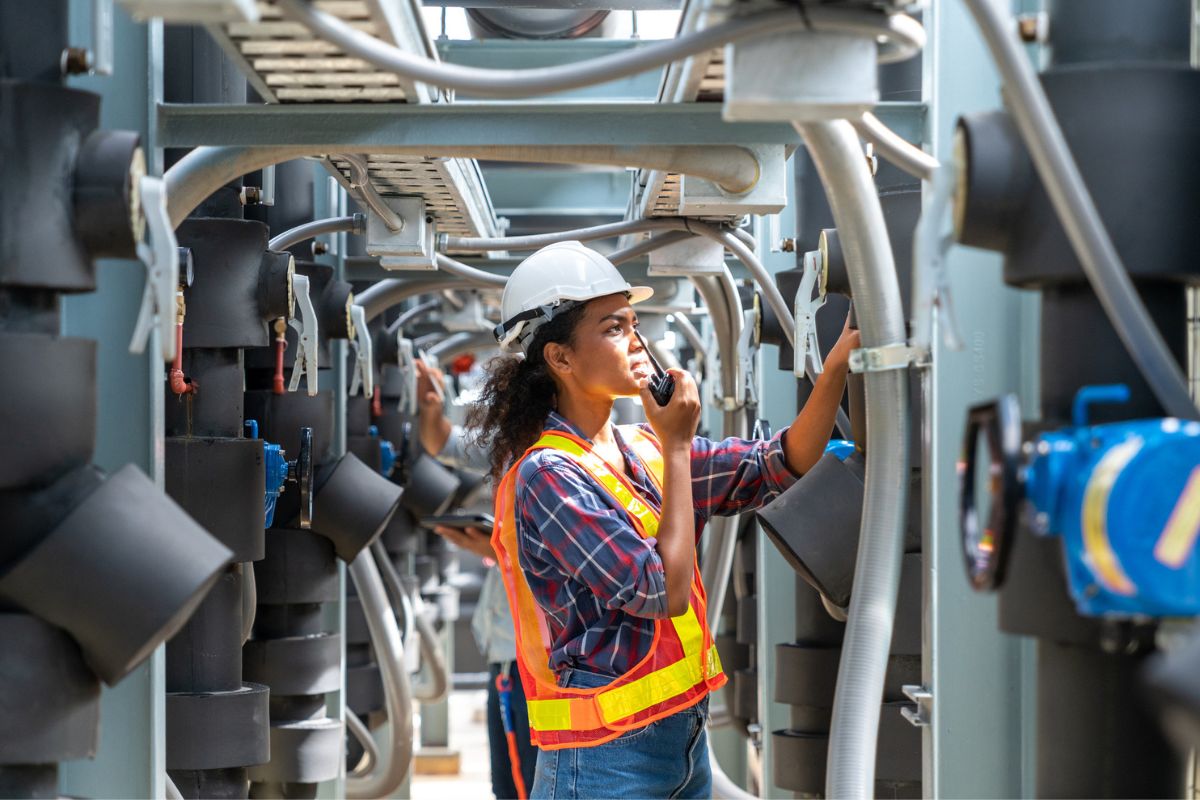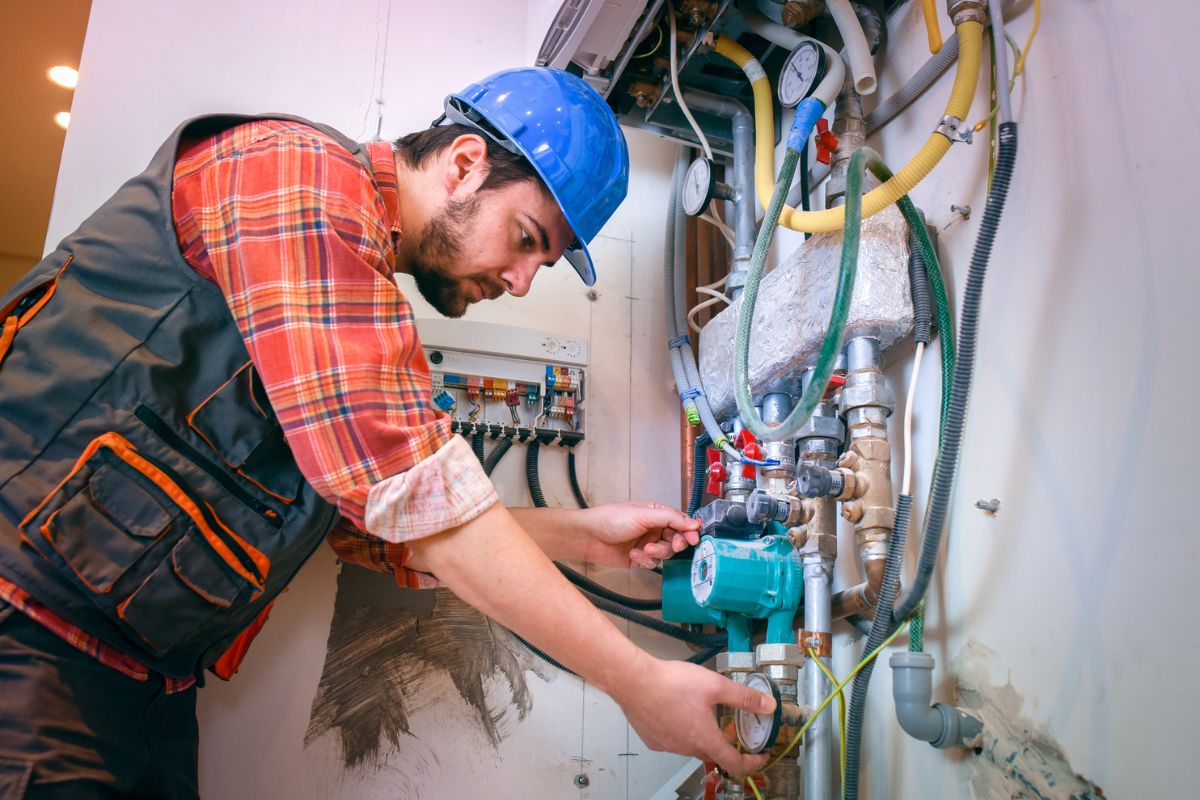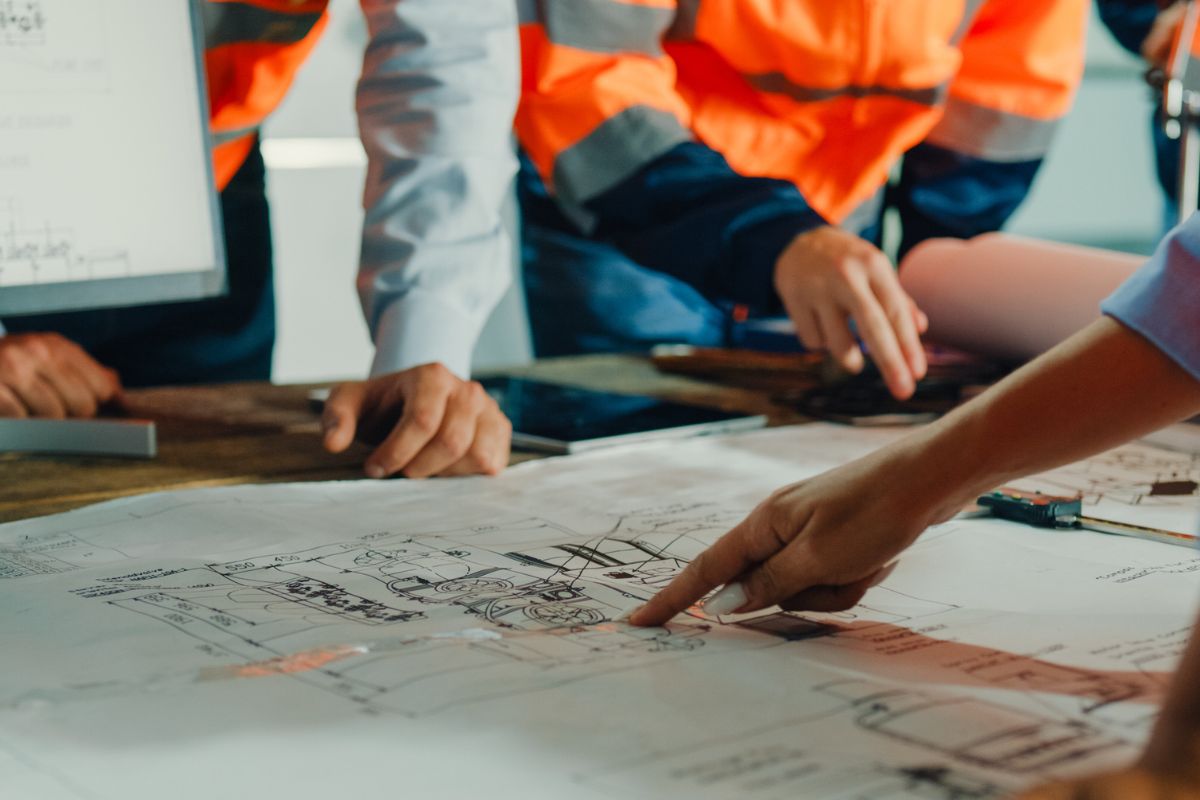Introduction
Whether you’re building a new property, renovating an existing one, or taking over a commercial unit, getting your gas and electricity meter points connected is an essential step in the process.
In this guide, we break down the essentials of new meter point connections, from understanding what’s involved, to preparing for your new connection and how to overcome common challenges to ensure your new connection is ready when you need it.
The New Meter Point Connections Process
The process of applying for a new electricity connection follows a number of steps, from planning to getting up and running safely.
- Planning and Site Assessment – Determine your energy needs and ensure your site is prepared for a safe and compliant installation. This includes identifying your expected energy load, meter location, and confirming access to existing infrastructure.
- Applying for your New Connection – Apply to your Distribution Network Operator (DNO) for Electric, or your Gas Transporter (GT) for Gas. Alternatively, some energy suppliers or utility consultants offer a managed service, where they apply on your behalf. You’ll need to provide technical details, site plans, and proposed timelines.
- Getting a Quote – Based on the information you provide, the DNO/GT will issue a quote detailing connection costs and estimated timescales. Review the quote carefully and raise any questions before accepting.
- Booking your Installation – Once you accept the quote and make payment, the DNO/GT will schedule and carry out the connection works. This may include excavation, cable laying, and preparing the meter cabinet if applicable.
- Fitting your Meter – After the connection is complete, you’ll need to choose a licensed electricity supplier to install your meter. During the setup of your New Connection, the DNO/GT will provide you with a Meter Point Reference Number, referred to as MPAN for Electric, and MPRN for Gas – you may need your MPAN/MPRN for this stage. The supplier will arrange for the meter to be fitted and supply to be activated.
- Sorting Billing – Once the meter is installed and commissioned, your supplier will start billing you based on usage or agreed rates. Make sure you’re on a suitable tariff and keep your supplier updated with meter readings if required.

How to Prepare for a New Connection
Before you can get started with your new connection, you’ll need to carry out a site assessment. This will involve determining your needs, e.g. do you need electricity, gas, or both? As well as your expected load/demand, as this will determine the best type of meter for your operations. For electricity, this will be total kW or kVA needed, and for gas, you will need estimated consumption in kWh or peak flow rate.
You will also need to obtain a site plan, detailing the property boundaries, cable and pipe entry points, the proximity to existing gas/electricity mains, as well as any potential obstructions to works.
It is also important to ensure you have planning permission (if applicable) and are adhering to any relevant regulations.
In order to start applying for your new meter point connection, you will need to contact your Distribution Network Operator (DNO) for Electric, or your Gas Transporter (GT) for Gas. You can find out who your DNO or who your GT is by looking up your postcode online.
You will then need to prepare an application and submit this through your DNO/GT’s website. This application should include:
- Property or site address
- Type of connection: gas, electricity, or both
- Number of meters (for flats/commercial units)
- Site plan and meter location drawings
- Load information:
- Electricity: max kW/kVA
- Gas: annual usage (kWh) or flow rate
- Whether trenching/excavation is needed or will be provided by you
- Target date for when the connection is needed
- Whether this is part of a larger development or a single property
- Any known access or land constraints

Understanding Your Meter Point Options for New Connections
There are a number of different types of meters available, and it is important to choose the correct meter type for your new connection, depending on your unique site requirements, and factors such as your load (kVA), voltage level, supply phase and gas pressure.
Electricity Metering Options
- Non-Half Hourly (NHH) Meter – up to 72kVA (Whole Current, WC)
Ideal new electricity connection for smaller sites, these meters are available in both single-phase and three-phase configurations and are compliant with Code of Practice 10 (CoP10). They are commonly used for commercial or light industrial settings with lower energy consumption. - Half Hourly (HH) Meter – over 72kVA (Current Transformer, CT)
For sites with larger energy demands, HH meter points provide detailed, time-based usage data. These meters are typically required for supplies above 72kVA and adhere to CoP5 or CoP3 standards. The use of Current Transformers allows measurement of higher electrical loads safely and accurately. - Low Voltage (LV) HH Meter
Suitable for commercial and industrial sites operating at low voltage but with significant load requirements. These meters offer real-time monitoring capabilities that support better energy management. - High Voltage (HV) HH Meter
Designed for high-demand users connected at high voltage levels. These meters help ensure efficient monitoring and billing at the distribution level and are usually installed for energy-intensive operations or infrastructure networks.
Gas Metering Options
- U6 – U160 Low Pressure (LP)
These meters are suitable for small to medium-sized gas users operating at low pressure. This type of meter point is often installed in domestic or light commercial properties. - U6 – U160 Medium Pressure (MP)
For customers operating in medium-pressure environments, this version offers safe and reliable measurement for moderate gas consumption. - Gas Rotary Meters
Rotary meters are used for higher-volume gas users and provide excellent accuracy over a wide range of flow rates. They’re commonly used in industrial applications and where detailed usage monitoring is critical.

Common Challenges with New Meter Point Connections and How to Overcome Them
Establishing a new electricity or gas connection can be a complex process. That’s why understanding the common challenges that arise during this process and knowing how to navigate them can help avoid costly delays and ensure a smooth connection experience.
- Unclear site requirements – Every project is different, and one of the most common issues people run into when installing a new meter point connection is a lack of clarity around the site’s specific needs, such as load requirements, voltage levels or whether a single or three-phase supply is needed. These issues can be avoided by involving a qualified energy consultant or supplier early in the process. A thorough site assessment can provide clear specifications that guide the correct choice of metering and supply setup.
- Choosing the wrong meter type – Selecting an unsuitable meter point type for your supply, whether due to load, pressure, or voltage requirements, can lead to delays, or even non-compliance. That’s why it is important to work with a metering provider who offers a full range of options and understands your site’s technicalities.
- Inadequate planning and timeline delays –Underestimating the time needed for obtaining permissions, installation and testing can disrupt wider project timelines. It is important to plan adequate time for these processes into your project timeline, as delays can stall your project.
- Budgeting issues – unexpected costs due to changes in requirements, site conditions, or delays can cause issues and delays to your installation. To avoid this, it is important to request detailed quotes upfront, and work with providers who offer transparent pricing and flexible solutions that fit your needs.

Why Choose Yü Energy for your New Meter Point Connection?
Whether you’re starting a project from scratch, or taking over a new property, Yü Energy’s end-to-end new connections process provides efficient, reliable and cost-effective solutions for businesses of all industries. With flexible, bespoke contracts, and a range of different meter types to suit your needs, you can rest assured that your project is in safe hands.
Find out more about how we can help you and get your free new connections quote today.

 0115 975 8258
0115 975 8258

